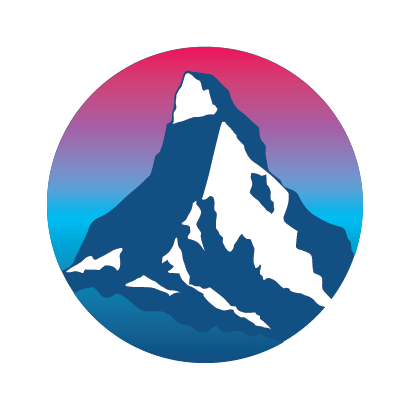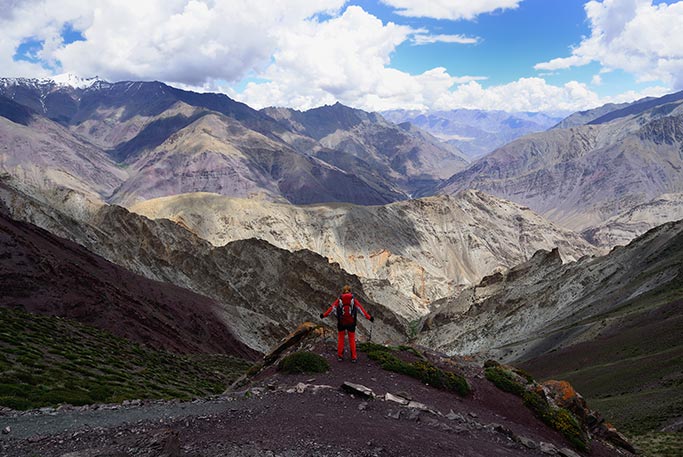The Land of High Passes
The word Ladakh translates into the “land of the high passes” and the region is part of the north Indian state of Jammu and Kashmir. In fact, the world’s highest motorable road and pass from Leh to the Nubra Valley crosses the Kardung La at 5602 m (18,375 ft).
The largest country in the Asian Subcontinent, India shares borders with Pakistan to the west, China and Nepal to the north, Bhutan to the northeast and Bangladesh and Myanmar to the east. It is the seventh largest country in the world by area and is second only to China, with a population of over a billion people.
Based on the size and population of India it is no wonder that it has such an array of cultures and heritages from the past and present. Ryder Walker’s Markha Valley Trek is one of the most fascinating in the world. Learn more about it here.
Culture
Unlike its neighboring countries and provinces, Ladakh has a long history of peace and prosperity. Its monasteries, temples, villages, and customs remain intact, and await and invite our exploration. Visit the world-famous Thiksey Monastery, located at an altitude of 11,800 feet (3,600 m). It is a 12-story complex filled with Buddhist art, such as stupas, statues, thangkas, and beautiful wall paintings. One of the main points of interest is the Maitreya (future Buddha) Temple, which is installed to commemorate the visit of the 14th Dalai Lama to this monastery in 1970.
Location and Geography
Due to Ladakh’s location between the Himalaya and Karakoram mountain systems, peaks range from 5,000 to 6,000 meters and in the Karakoram range exists the region’s highest peak, Saser Kangri with a summit at 7,670 meters. Since 1974 the Indian government has successfully encouraged tourism to Ladakh and with its sparse population, remote mountain beauty, and unique history it is no wonder that Ladakh has flourished. On average Ladakh welcomes 18,000 tourists a year and through education on minimal impact hiking, is able to keep from losing its remote beauty.
Mountain Ranges
Situated on the western end of the Himalayas, Ladakh has four major mountain ranges – the great Himalayan, Zanskar, Ladakh, and the Karakoram all passing through it. This region’s elevation varies between 8,000 and 15,000 feet above sea level, while the neighboring summits rise above 25,000 feet. Due to its proximity to Tibet, the culture and history are closely related.
A maze of enormously high snow-capped peaks and the largest glaciers outside the polar region dominate the terrain where valley heights range from 800 to 15,000 feet with passes up to 20,000 feet and peaks reaching 25, 000 feet can be seen all around. Ladakh is also home to the world’s largest glacier outside the polar region, the Siachen.
Indus Waterway
The major waterway of Ladakh is the Indus, which enters India from Tibet at Demchok. Starting near Mt. Kailash, the Indus according to mythology, sprouts from the mouth of a lion and is therefore known as Senge Khababs. Summer temperatures rarely exceed about 27 C in the shade while in the winter it may plummet to -20 C even in Leh. Surprisingly, though, the thin air makes the heat of the sun even more intense than at lower altitudes. It is said that only in Ladakh can a man sitting with his feet in the shade suffer from sunstroke and frostbite at the same time!
Must-Try Cuisine
Try local delicacies, such as “momos”, dumplings filled with meat or vegetables, or the famous butter tea. In stark contrast to other Indian foods, Ladakhi cuisine is usually mildly spiced, yet very flavorful and well suitable for foreigners.
Sometimes referred to as “Little Tibet” you will find that there are many similarities to the Tibetan culture. Similarities exist in the food, architecture, music, and medicine.









Comments are closed.